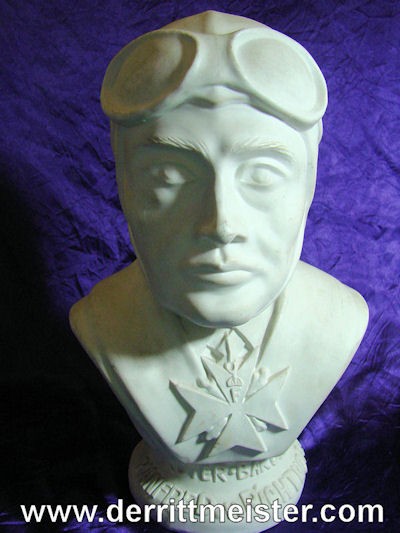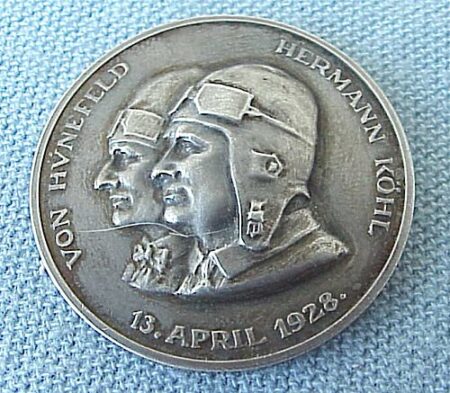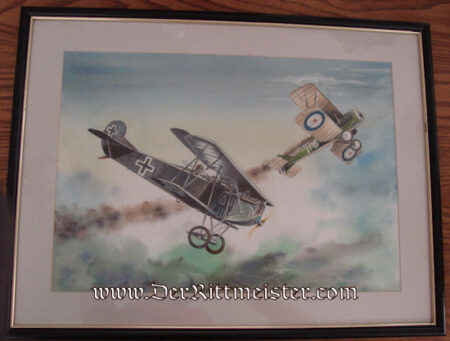Description
In WW I aviation, no individual attracts more attention than Manfred Freiherr von Richthofen. He is not only the best-known of WW I Germany’s aces, but of ALL fighter pilots. He set the bar of achievement not only due to his eighty confirmed victories, but as the leader of Jasta 11, then as commander of the “Flying Circus,” JG 1. Who can say why he was and is so popular? He certainly had charisma, not only with his pilots but with the German people. He was every bit a “Rock Star” of his day. He was stopped in the streets by men and women who wanted his autograph. He wrote a best-selling autobiography while recuperating from injuries sustained the first time he was shot down (although he never truly recovered). His company was sought out by many military commanders and royals, including his Kaiser. It was all part of the magic that swirled around him. His death on 21 April 1918 did nothing to end the legend. If anything, it enhanced it. WW II’s Luftwaffe named a fighter unit after him, a practice that has continued to this day. Items pertaining to von Richthofen are extremely popular among collectors ninety years after his death. Sanke postcards can often fetch more than one hundred dollars. Any small item that relates to him can command serious money.
Today we are both excited and pleased to be offering an amazing artifact connected to this famous young man. It is what I would term a “half-sized” bust of our hero. It is “half-sized” in that it is not life-sized. It stands 15″ tall, 8″ wide, and 5″ deep. His head alone measures 8″ x 6″ x 6 ½” (at the nose). I believe it is made of bisque (i.e., unglazed) porcelain. The great man is wearing his leather flight helmet. Pushed up on his forehead are his goggles. Below his chin and suspended from a ribbon is his over sized Orden Pour le Mérite. (He proudly wore it from January 1917 until his death in April 1918). As is the custom with busts, his chest is cut in a “V” pattern that eliminates his arms. The bust stands on a circular base that is 2 ½” tall and 6″ in diameter at the base. On the base is a line of text reading “Roter Baron.” A second line states “Manfred v. Richthofen.” The base’s reverse lists his birth and death years (1892-1918). The bust is amazingly detailed. His eyebrows are clearly delineated, as are the pupils of his eyes. His nose and lips are handsomely detailed. The base’s bottom bears a hallmark for Südgau Porzelanmanufaktur. I had a very well versed collector of statues, busts, and royalty plates examine it. He is quite impressed with the bust’s quality and execution. His opinion is that the bust was created between in the 1920’s or 1930’s. He and I are not certain for what purpose it was created or how many examples may have existed. His final remark to me following his examination was that he could only remember seeing one like it in the past. The bust comes from an old and trusted former East German source who occasionally finds me amazing pieces. Needless to say, this would make a centerpiece for any collection. Its overall condition is excellent. It shows just enough soiling and honest age to give one a level of comfort.










